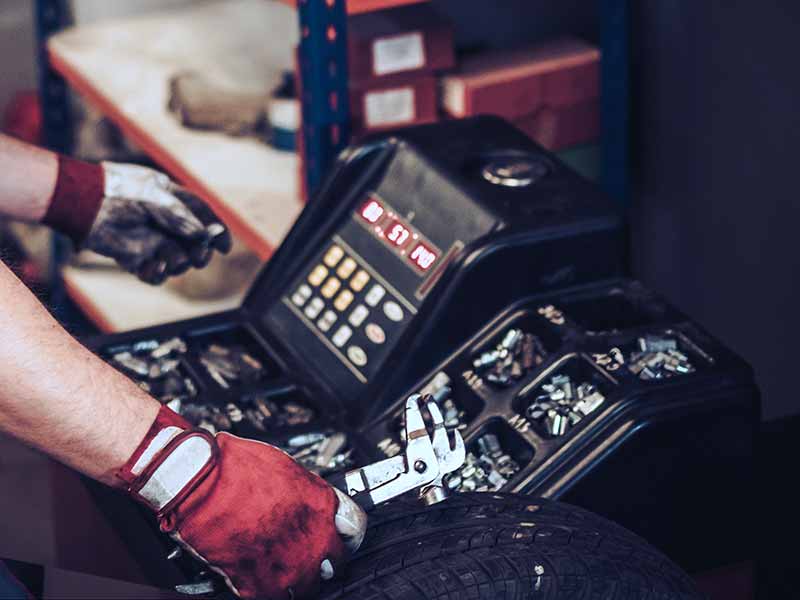Picture this: You’re on a well-deserved road trip, miles away from your worries, when suddenly, your car starts making a rhythmic thumping noise. Your ride feels bumpy, your steering wheel begins to shake, and you notice your tires looking a little… wavy.
Sounds like a nightmare, right? These are telltale signs of a cupped tire, an unwelcome problem that can bring your smooth journey to a rough halt.
What Causes Cupped Tires?
Tire cupping is caused by several factors such as improper wheel alignment, imbalance in your tires, worn-out suspension components, or poor tire pressure.
In this article, we will explore what causes cupped tires, the dangers they pose, how to address and fix cupped tires, and finally, preventive measures to ensure that your tires maintain an even wear pattern for a smoother ride and a quieter journey.
Let’s take a closer look.
What is Tire Cupping?
Hey there! So, you’re here to learn about tire cupping, right? Let’s dive right in. Tire cupping, also known as tire scalloping, is a kind of uneven tire wear that looks like a series of dips or cups in the tread of your tires. Imagine the waves in the ocean – but on your tires. Not a sight you’d want to see, trust me!
Spotting Tire Cupping
So, how do you spot it? Look closely at your tires. If you notice that some parts of the tire tread are wearing down more than others, creating a pattern of peaks and valleys, then you’ve got a case of cupped tires. You’ll also hear a weird, rhythmic thump-thump-thump noise while driving. That’s your car telling you something’s up.
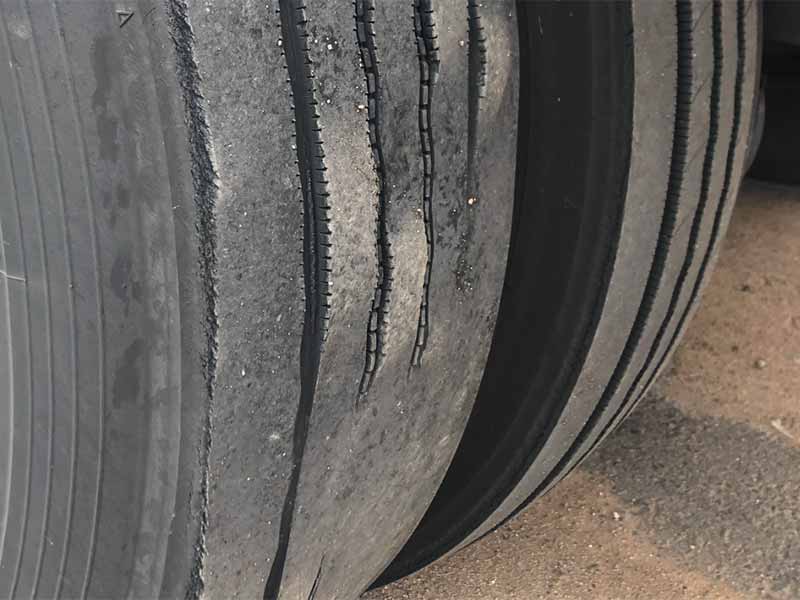
The Impact of Tire Cupping
But why should you care? Here’s the deal. Tire cupping affects your tire life, which basically means your tires will give up on you sooner than they should. It’s like running a marathon in shoes with worn-out soles. Not fun, right? And the tire noise? Let’s just say it’s not the best soundtrack for your road trips.
Why Does Tire Cupping Happen?
You might be wondering how this happens. Imagine you’re bouncing on a trampoline. The more unevenly you bounce, the more wobbly your landings. Same with your tires. If your car’s not hitting the road evenly due to issues we’ll talk about later, your tires bounce around, leading to uneven wear or cupping.
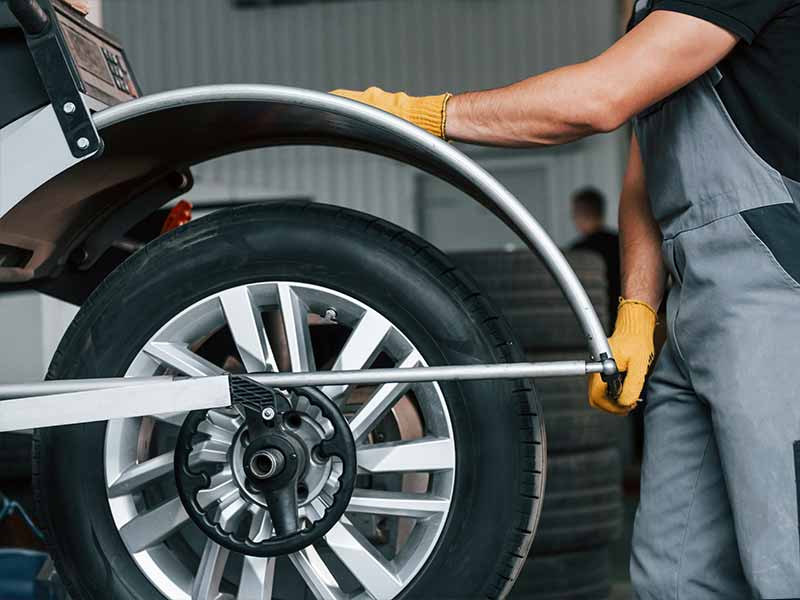
What Causes Cupping on Tires?
Great, you’re now familiar with what tire cupping looks like. Let’s dive into why it happens. There are different reasons why you might see cupping on both your front and rear tires. Whether it’s on the inside edge or the outside edge, the causes are often similar. Let’s break it down.
The Role of Suspension Components and Shock Absorbers
Picture riding a bicycle on a bumpy road. The ride isn’t smooth, right? Now, think of your car’s suspension components and shock absorbers as your vehicle’s bicycle shocks. They help your car ride smoothly over bumps and potholes. If these parts aren’t doing their job properly, your tires can bounce around, leading to uneven wear or cupping.
Tire Pressure and Its Effects
How often do you check your tire pressure? If your answer is ‘not that often’, we need to change that! Tire pressure plays a big part in preventing cupping. Underinflated tires, or overinflated ones, can lead to uneven tire wear. It’s like trying to write with a broken pencil, it just doesn’t work as well!
Poor Quality and Cheap Tires
We all love a good bargain, but when it comes to tires, the cheapest option isn’t always the best. Poor quality or cheap tires can wear unevenly and are more susceptible to cupping. It’s like buying a low-quality umbrella – it might not hold up in a storm.
Wheel Alignment and Tire Cupping
Think of wheel alignment as your car walking in a straight line. If your car’s ‘walk’ (or alignment) is off, it can cause your tires to drag or scrub along the road, causing that dreaded cupping.
Contact with the Road
Finally, the way your tires make contact with the road matters. If the contact is inconsistent, the tire tread can wear unevenly, leading to cupping. It’s like rubbing sandpaper unevenly on a piece of wood – some parts will wear down more than others.
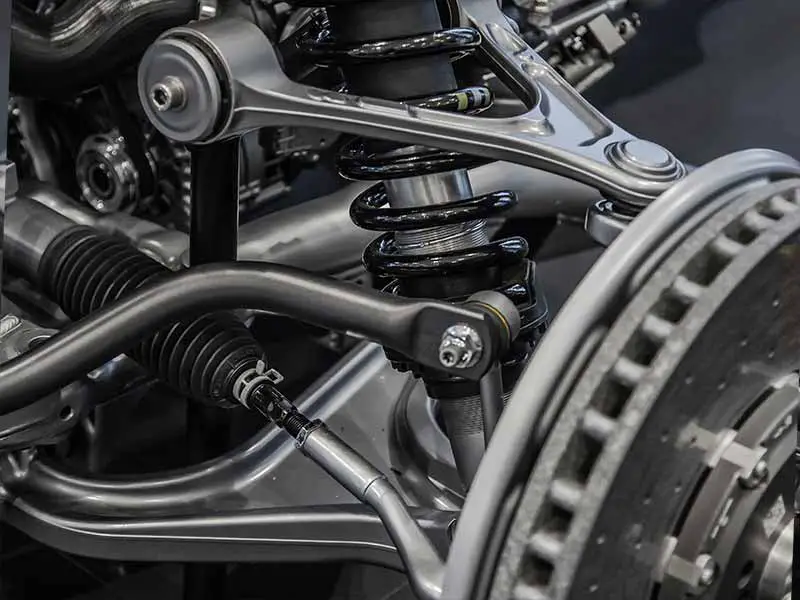
Dangers of Tire Cupping
Now that we’ve covered what tire cupping is and its causes, let’s discuss why it can be dangerous:
Impact on Steering and Driving Safety
First off, tire cupping can make steering your vehicle a lot trickier. Imagine steering a ship in rough waters, that’s what it’s like driving a car with cupped tires. The uneven wear on your tires can cause your steering wheel to shimmy and shake, making for a bumpy ride and potentially impacting your ability to control the vehicle.
Reduced Tire Life and Added Costs
Cupping can lead to reduced tire life. You’ve already invested in your tires, right? Cupping can cause them to wear out much faster than they should. This means you might have to replace your tires sooner, costing you more money in the long run. Who wants to spend extra cash on new tires when you could prevent the issue in the first place?
An Uncomfortable and Noisy Ride
Who enjoys a noisy, uncomfortable ride? Not me! Cupped tires can make your ride less enjoyable by creating an annoying thumping noise and making your vehicle vibrate. That’s not something you want on your daily commute or a long road trip, is it?

How To Fix Cupped Tires
If you’ve found yourself dealing with cupped tires, you might be wondering, “Will these tires ever smooth out on their own?” Well, I hate to be the bearer of bad news, but cupped tires won’t magically fix themselves. They need a little help from you (or your trusted tire shop) to get back to normal.
Fixing Tire Cupping: The Role of Tire Balancing
So, what can you do to fix cupped tires? One of the first things you might need to do is get your tires balanced. Think of it like a seesaw – when one side is heavier, it throws everything off. When your tires are out of balance, it can lead to uneven wear patterns and, you guessed it, cupping!
Regular Check-ups at the Tire Shop
We all know the saying “An apple a day keeps the doctor away.” Well, regular check-ups at your local tire shop can keep tire issues away. Detecting irregular tire wear early on can help prevent the wear from getting worse and help extend the life of your tires.
Importance of Tread Depth
Remember when we talked about tire tread in the beginning? Here’s where it comes back into play. Maintaining a proper tread depth is key in preventing and fixing tire cupping. Think of your tread depth like the soles of your shoes. Just like you wouldn’t want to run a race in worn-out sneakers, your car doesn’t want to run on tires with worn-out tread.
Preventing Tire Cupping
So, we’ve walked through the ins and outs of tire cupping and how to fix it. But wouldn’t it be great if we could just avoid it altogether? Here are some preventive measures to help you do just that!
The Importance of Maintaining Tire Pressure
Remember our chat about tire pressure? It’s not just about fixing cupping – maintaining the right tire pressure is key in preventing cupping in the first place. Think of it as hydrating during a workout; if you’re not properly hydrated, you won’t perform at your best. If your tires aren’t properly inflated, they won’t perform at their best either.
The Quality Over Price Debate: Choosing the Right Tires
While everyone loves a good deal, remember that the cheapest tires might not always be the best option for you. Invest in quality tires that are suited for your vehicle and your driving style. This will go a long way in preventing cupping and extending the life of your tires. Just like a sturdy umbrella is better in a storm, a good tire is better for your car.
Why Not All Tires Are Created Equal
Here’s something you might not know – not all tires are created equal. Some are more prone to cupping than others. So, when you’re choosing your set of four tires, make sure to pick ones that are less prone to uneven wear.
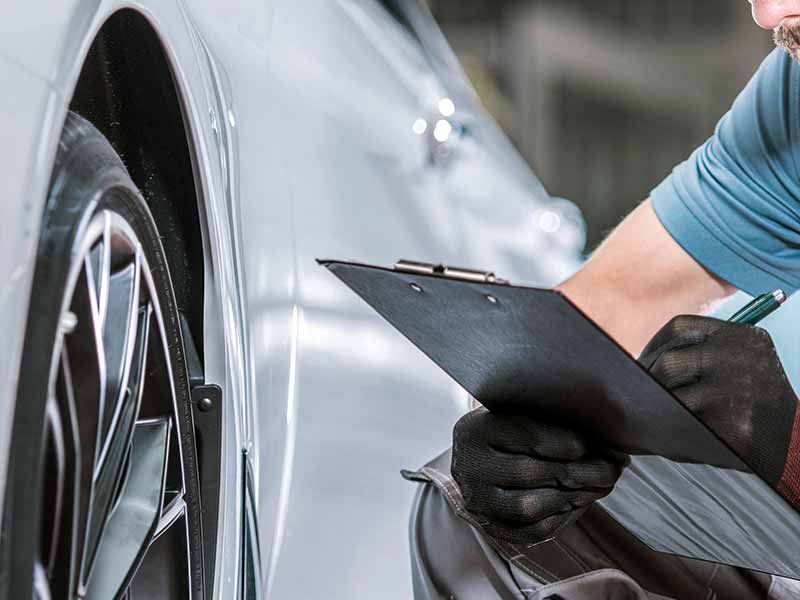
Resources
Below are some links you may find helpful when learning about tires
Final Thoughts
We’ve journeyed together from understanding what tire cupping is – that unwanted uneven tire wear that makes your ride feel like a rocky boat – to the myriad of causes that can lead to it. From poor wheel alignment, faulty suspension components, to inappropriate tire pressure and even the quality of your tires, there’s quite a list of culprits that could be messing with your tire tread.
Remember, cupped tires aren’t just an annoyance; they can be a safety hazard too. Not only do they reduce tire life and add to your expenses, but they can also impact your vehicle’s steering, making it harder to control. The good news is that you’re now equipped with the knowledge to fix and even prevent tire cupping. From getting your tires balanced, maintaining proper tire pressure, to regular check-ups at your tire shop and investing in quality tires, the power to prevent cupping is in your hands.
Good luck and happy motoring.
